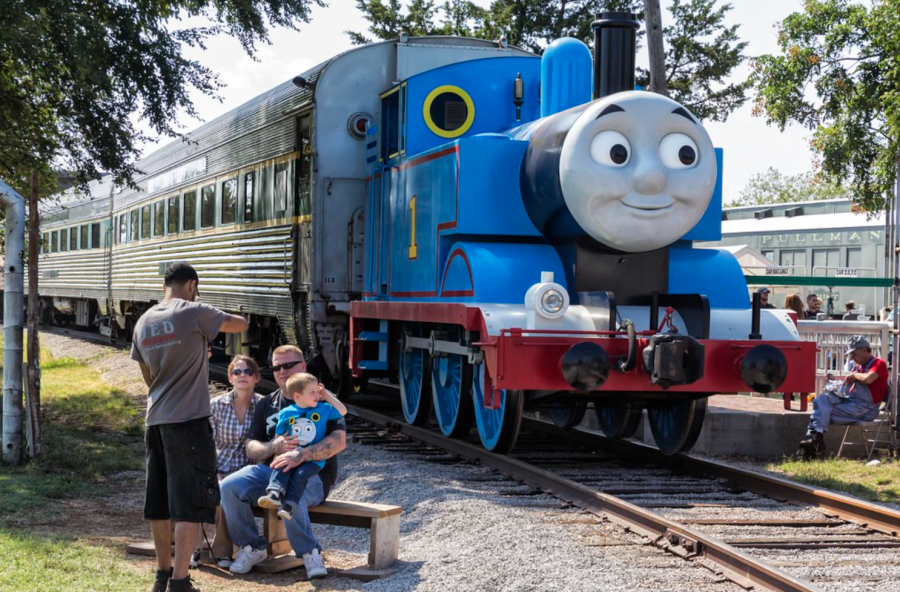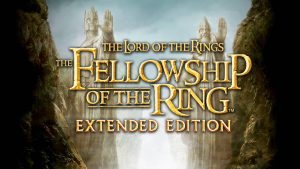The warmth of an old favorite
How Thomas the Tank Engine and Friends is a transport back to childhood
“Thomas the Train” by Kool Cats Photography over 14 Million Views
Among the midst of children TV shows, Thomas the Tank Engine and Friends has stood out as a fan-favorite since its release. Many find comfort in the train and his group of companions, and feel rewatching the show is like a walk down memory lane.
February 3, 2022
With a cold winter upon us, now’s the time to cuddle up in a blanket next to a warm fireplace. However, this picture of ideal coziness is incomplete without watching something that brings back memories to warm you up on the inside while the blanket and fire warm you up on the outside.
For me, no other media brings back warmer memories of nostalgia than the original seasons of Thomas the Tank Engine & Friends. Whenever winter comes along, I always make time to watch the classic episodes, which never fail to give me an abundance of nostalgia.
Unfortunately most view the Thomas franchise as made only for little kids, and it’s completely understandable. For the last few decades, the media produced has been targeted for younger and younger audiences, with episodes airing that aim to sell toys instead of telling a quality story.
However, it didn’t always used to be this way. Before the television series began, Thomas and all his friends were characters in a successful book series written by Wilbert Awdry. While targeted primarily at children, the original stories had several themes much more mature than the modern era of Thomas dares to cover. Stories like engines being scrapped, and therefore killed, were not uncommon, with one of the earlier stories following a depressed engine who is the last of the model after all his brothers are scrapped.
Stories like these, combined with the obvious love for railroads that Awdry had, made the book series captivating to audiences beyond the children who made up the primary audience. Such universal appreciation would eventually lead to a television adaptation of the series, with the first episode airing in the UK on Oct. 9, 1986, narrated entirely by Ringo Starr. In America, the series would be narrated by comedian George Carlin, who I believe to be the greatest narrator the series has ever had.
For the first several seasons, these episodes would largely be adaptations of the original books, with new episodes and characters eventually being added as the show found its footing and gained the confidence to deviate, if even slightly, from the books. These classic seasons are filled with the same love and care as the books, and it’s easy to tell that the creators cared more about storytelling than selling toys.
The first four seasons, narrated by Carlin, are undoubtedly magical, uncorrupted by the corporate influence that would eventually be the show’s downfall. The next two seasons, narrated by Hollywood superstar Alec Baldwin. These seasons would also feature some of the series’s best moments, but it also where the first cracks would begin to show, as more and more episodes started to center only on Thomas himself and as the situations the engines found themselves in became increasingly unrealistic, such as when Thomas was accidentally propelled by a jet engine that he was delivering.
After this point, the show changed creatively and a multitude of new characters were added. However, these characters wouldn’t typically get much development and only really exist for merchandising. However, I don’t want to discount this later era entirely, as some of the characters and episodes still manage to hit the same level of quality as the classic seasons, but these instances would become fewer and far between as the series devolved in quality and care, becoming more formulaic, corporate, and unaware of the large audience spanning generations who want the series to be magical again.I don’t expect the series to return to the same level of quality, and I’m not sure if I want it to.
As the cold fronts barge in, bringing ice and snow with them, somewhere you will find a dark room, a cozy blanket beside a roaring fire, and a flickering screen displaying the engines of the Island of Sodor. If you are so lucky as to find this place, chances are I will be there, watching, and content.










